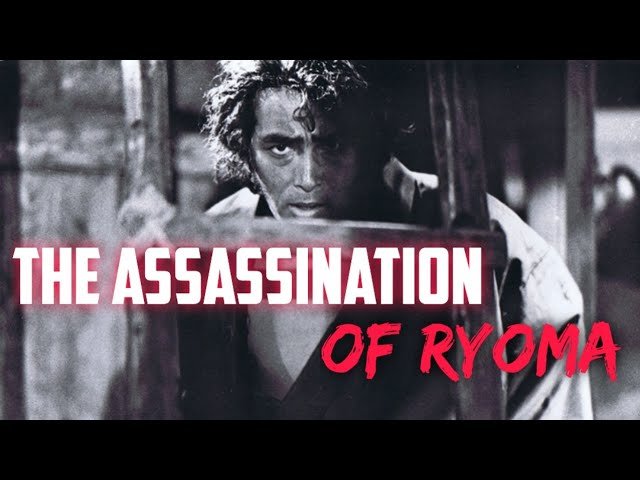
From the movie’s onset, his actions and choices have turned him into a marauder of sorts, quite literally from everyone. The Shinsengumi are close to catching him because he is scheming to usurp the Tokugawa rule. He is wanted by his once best friend, Shintaro, for the treason he had committed against Tosa by siding with Satsuma whom once sought his head believing that he was a mole for the Shogun. To the auspices of the Shogunate, there is another Samurai Yuta, who is equally reckless and fierce. But Ryoma seems too overconfident that he has bested fate one more time and is now thinking of whom he is about to seduce next, Cho a neighbor he sought pleasured himself with, and had successful relations with her so to speak making the girl inexplicably fonder of him. His foes either cannot find him, or, after a while, are too terrified to search As for Shintaro When he and Shintaro begin to hang out at a later stage, all the hatred that has been accumulating does not disappear in absence of other. While on the other hand, the masses on the streets are engaging in Eijanaika, the rebels and the Shoganate forces abound in internal strife.
Although Kuroki might depict a gripping story about one of the most important figures in Japan’s history, he instead captures a fable which not only adds on to the deconstruction of the Samurai, but rather ridicules the idea of being a Samurai by portraying them as poor, sex driven buffoons and casting aside the idea of a duty that needs to be fulfilled. Kuroki’s Fable is full of funny episodes as well as sexual interactions combining with exhilarating action scenes that are out of place from the narrative.
The way Ryoma manages to become once again ‘friendly’ with Shintaro an individual who is attempted to be presented as someone who is petrified to engage in conflict with his companion and rather flees whenever the chance presents itself is a little strange but then again this doesn’t end there. A Shinsengumi that also happens to be a thief is denied service by a whore due to the lack of cash, a samurai is beaten and raped by her husband, and yet one more man commits racially discriminatory practice but that’s noone’s business. Ryoma himself appears to be very perplexed by the era in which he lives such as the fact that he desires to trade his sword for a firearm but is not able to operate it, so is his wish to sleep with his neighbor.
Another important aspect is the somewhat endless talk of politics in regard to the issue of the revival of the Emperor. The moment where Shintaro has a comrade recollecting to him that the change of the system could result into something that no one is sure of whether it indeed works while the amount of risks to the transitional period is certainly great, serves the political context over here. Also, the numerous cases of infighting which the movie offers are also readable in metaphoric terms in the way the student revolts of 1968-69 developed, so was the case with the above discussion.
In addition to the plot, the film is quite outstanding in terms of its engineering. Masaki Tamura filmed this iTero in high contrast monochrome and mostly with hand held cameras that makes the film feel combat appropriate to the greatest sense. The era’s costumes and settings are also well done, while sequences of action, be it in the form of duels or combat with more participants, are well choreographed and filmed, adding to the pleasure of the film with violence. The portrayal of eroticism in this film is blended with humor and vulgarity, and Once again, the technique used is very likely to be controversial in the modern world. Hiroshi Asai particularly makes the movie quite brisk in pacing and cuts the scenes in parallel which provide plenty of deadpan humor throughout the movie.
The acting is also at the highest level. Yoshio Harada’s portrayal of Ryoma is striking as he manages to combine the equal coolness, handsomeness, combat skills, sex appeal and bewilderment of his character all at once. Rie Nakagawa as Cho is good as much in the barbarism that she portrays as in the tenderness, while Yusaku Matsuda as Yura is an excellent young man full of rage. The role of a samurai turned into caricature Shintaro, played by Renji Ishibashi, is the most interesting of all as this character is so portrayed so multidimensionally, trying to sort out the essence one’s true self against the backdrop of their time as a samurai.
“The Assassination of Ryoma” is an exceptionally good film that in its own way is humorous but blasphemous is also a great coordination of sword fighting with political subtext, which only highlights the standard of ATG productions.
For more movies like The Assassination of Ryoma (1974) visit solarmovie.







